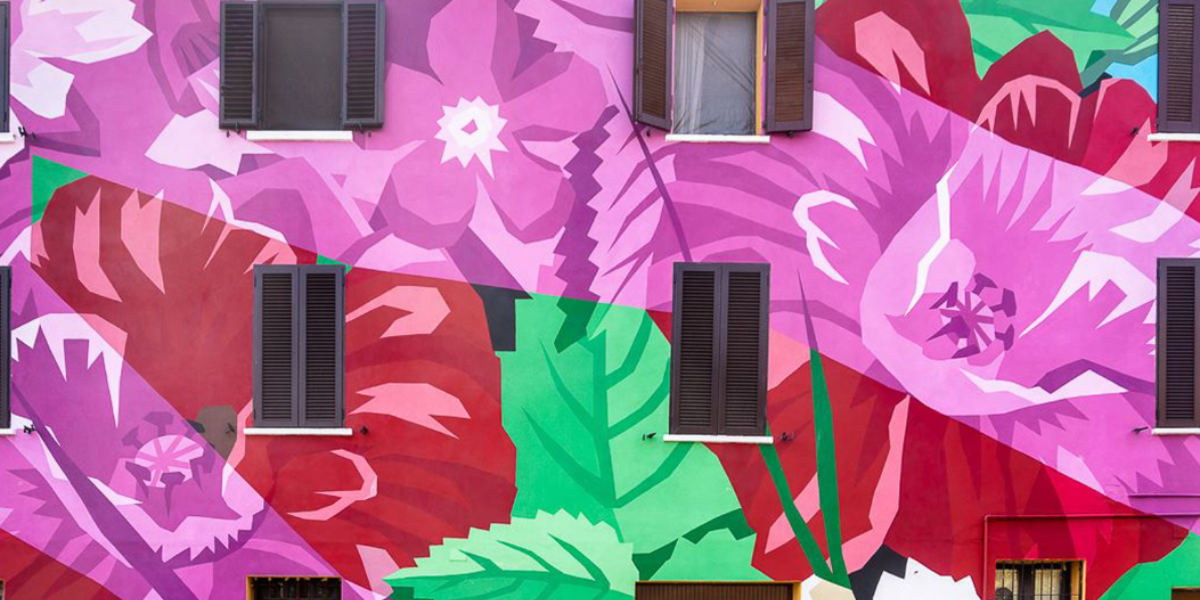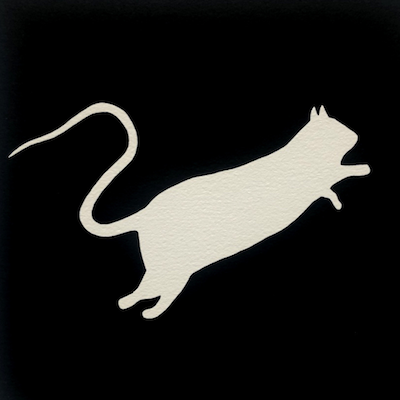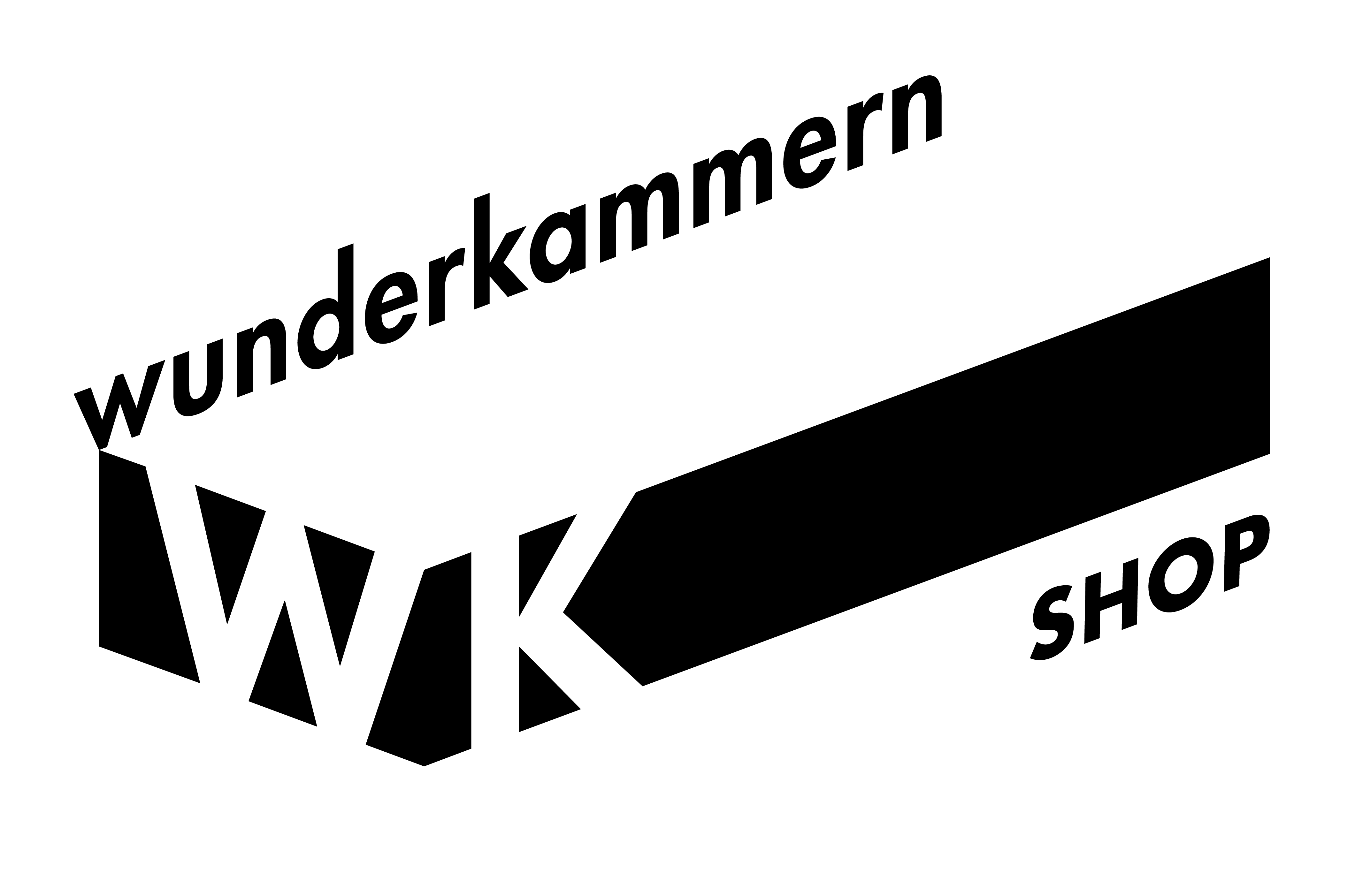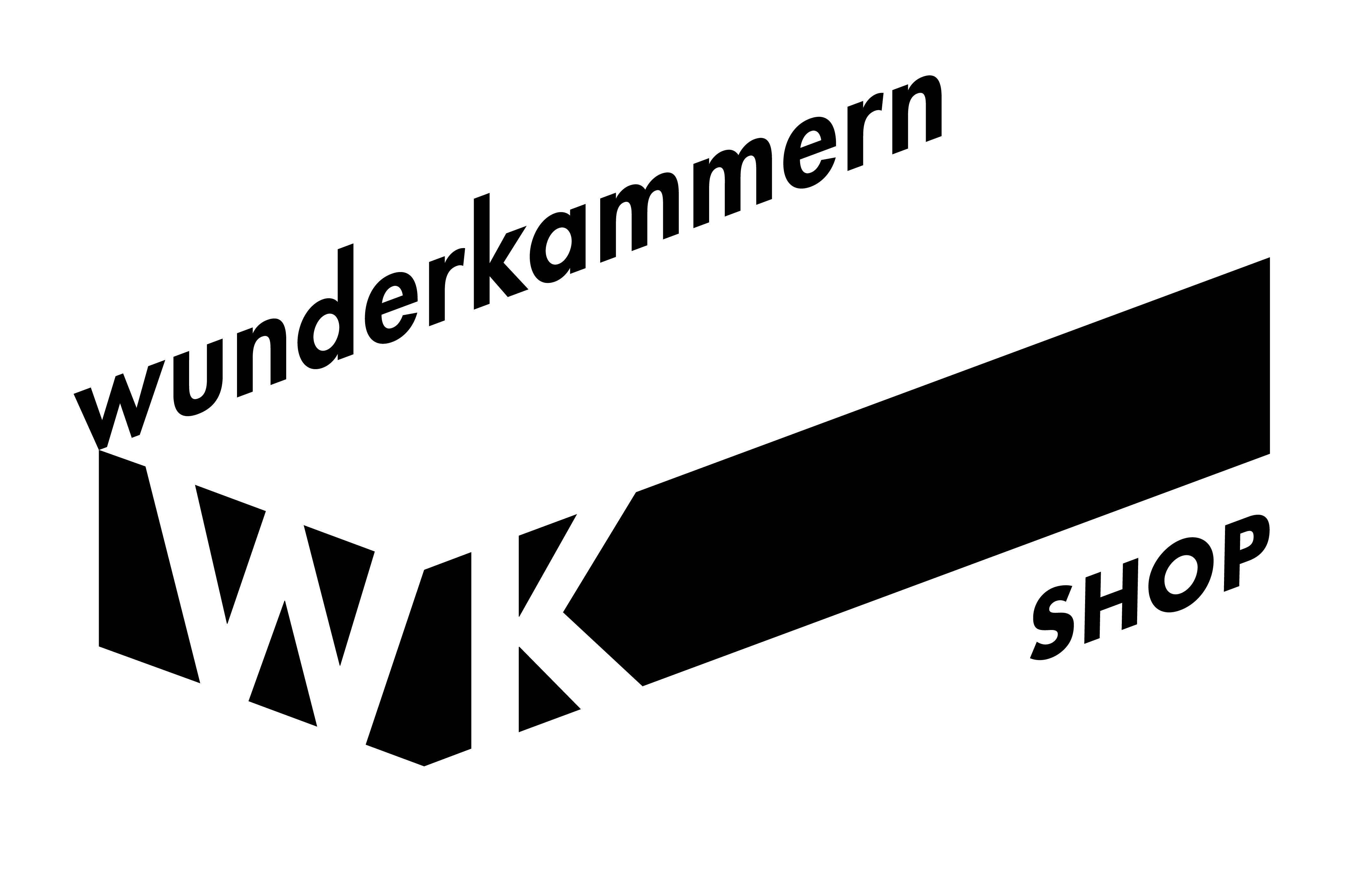
Urban art has always had a deep connection with the city and its inhabitants. It is never a closed language: painted walls, installations, writings, and signs in public space are meant to be seen, crossed, and experienced.
In recent years, however, a growing number of artists have chosen to go further, transforming the observer into the protagonist. This is where interactive urban art is born: works that do not simply ask to be looked at, but that invite direct dialogue, encourage participation, and make the viewer an integral part of the creation.
A Work that Lives Thanks to the Public
Interactive street art breaks the traditional distance between artist and spectator. No longer just a mural to contemplate, but a structure to walk on, an optical game to explore, an installation that changes with the movement of people or their interaction.
The work becomes dynamic, mutable, fueled by the gestures and emotions of those who encounter it.
From Viewing to Participation
The city, transformed into an exhibition space, opens up to new possibilities. Interactive urban art encourages active participation: the audience is no longer a passive spectator but becomes a co-author.
Whether it is a wall to complete, light projections that react to movement, or collective works created with citizens, the boundary between artist and community becomes increasingly blurred.
Shared Emotions in Public Space
This way of making art creates strong connections: those who take part in an interactive work develop a deeper and lasting bond with urban space.
The city is no longer just a place of transit but becomes an aesthetic and social experience. Interaction also means inclusion: everyone, without distinction, can contribute and feel part of something greater.
A New Frontier of Urban Art
Interactive urban art is at once spectacle, play, and reflection. It is a language that unites technology, creativity, and community, transforming the city into a living, participatory canvas.
In this sense, the work never ends: it regenerates with every encounter, every gesture, every glance.
When the public becomes part of the work, urban art changes its nature: from a simple image to a collective experience. Interaction becomes the true heart of the artistic process, and the city itself is transformed into an open laboratory, where art lives, breathes, and grows together with its inhabitants.




 Register
Register
